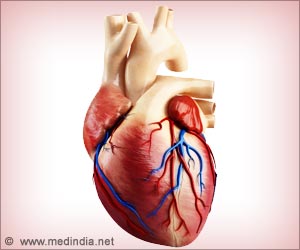Children born with a certain congenital heart defect often need a percutaneous pulmonary valve surgically inserted when they are 10 to 15 years old.

‘Computer simulations can determine if the surgery will be successful and if the necessary pulmonary valve will fit in the individual's heart, before the surgery takes place.’





"To make it simple, it's like buying jeans," Flamini says. "You need to try them on to see if they are going to fit." Similarly, the valve might or might not fit -- something surgeons would like to know before they perform the procedure. The computer simulation project, a collaboration between Flamini and Puneet Bhatla, M.D., in the NYU Langone School of Medicine Department of Pediatrics, began in the summer of 2014 when Bhatla and others from Langone visited Tandon to talk about various biomedical challenges.
"We were already collaborating on some other heart disease problems, all involving simulations and biomechanics," Flamini says. "They came with problems, and we worked together on solutions." The simulation involves Dr. Flamini manipulating images of the patient's heart sent over by the medical team, a complex process that takes at least a day.
Since Dr. Flamini has a degree in biomedical engineering, she enjoys the process, noting that many surgeons have science or engineering backgrounds. "It seems like two very separate worlds but physicians are often very interested in technology. They can understand my language," she says. "A lot of medicine involves technology and innovation, and the drivers of medical technology are physicians, because they are interested in solutions to the problems they are faced with. It's great to work with them--they're so encouraging of technologies that are useful to them."
While still in the testing stage, Dr. Flamini hopes the methodology that could spare kids from unnecessary surgery will be ready for rollout in as little as a year, depending on funding. Although this simulation is for a very specific cohort, she expects that eventually it will be used for other types of surgeries.
Advertisement
Source-Eurekalert











